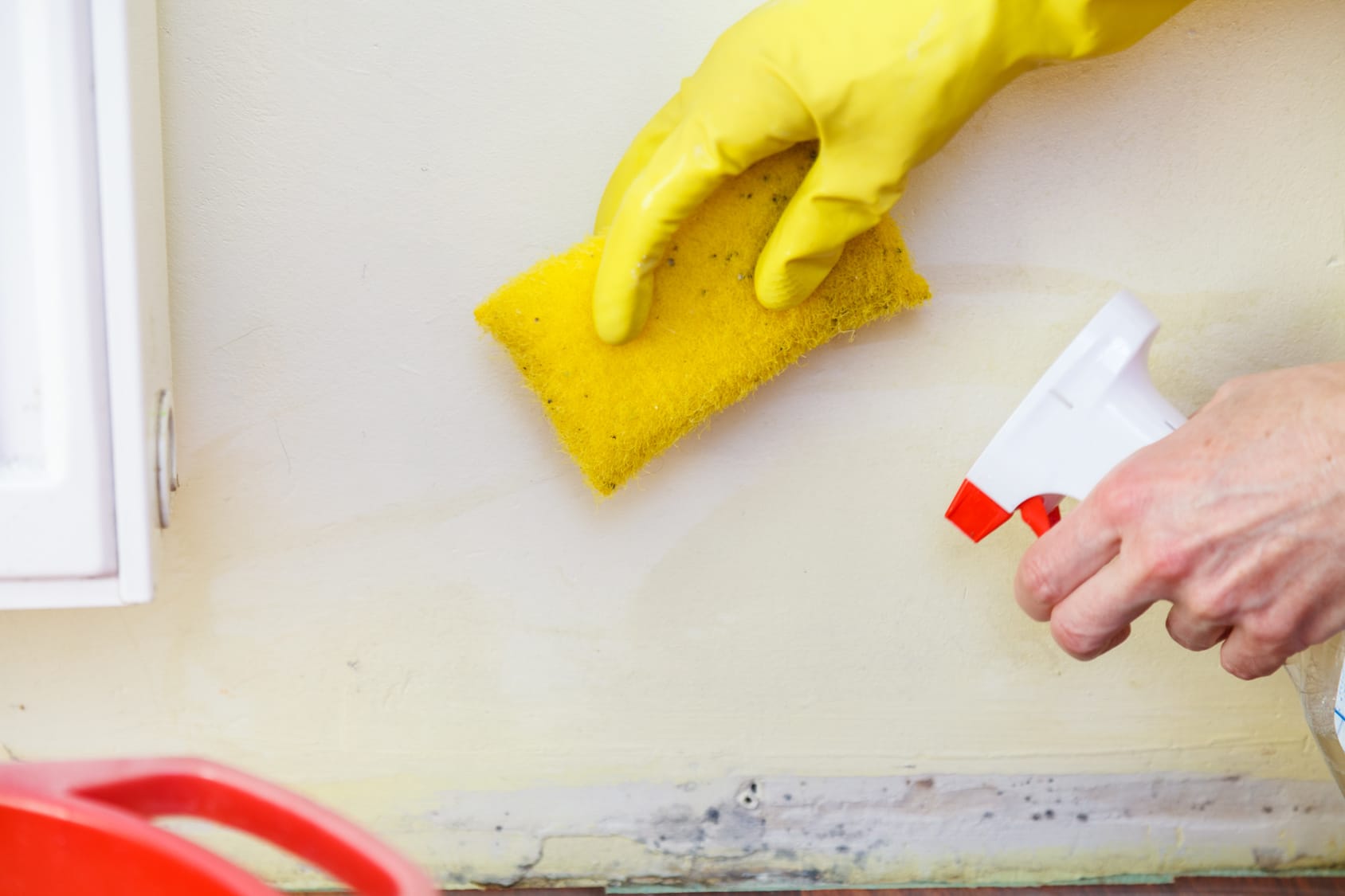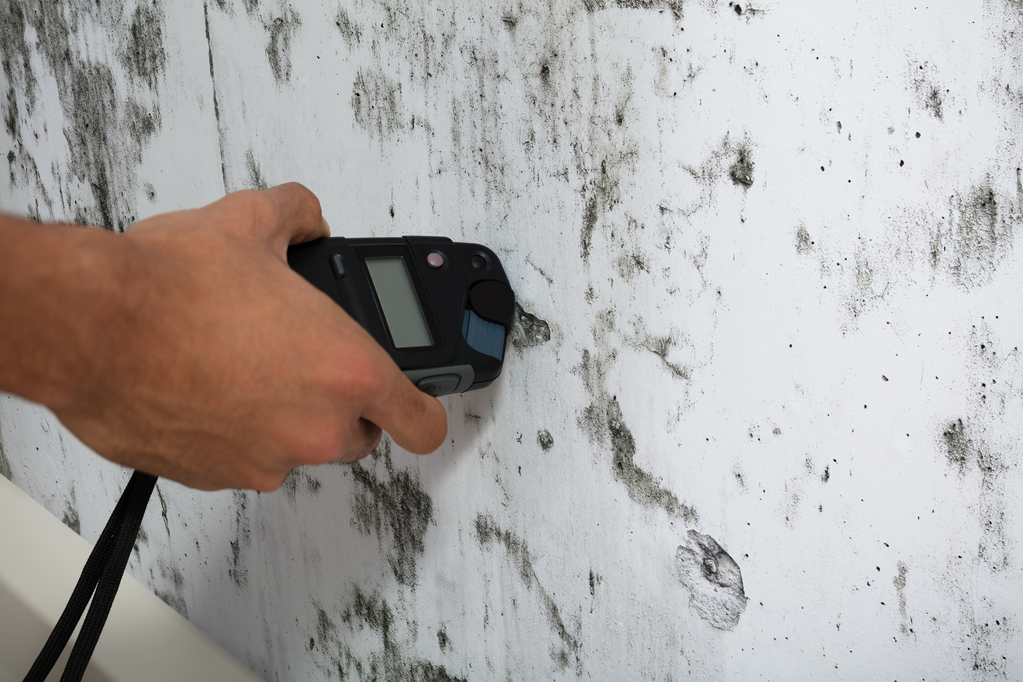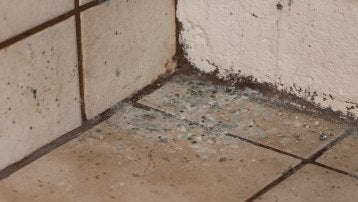Crucial Actions After Mold Remediation
Your Ultimate Overview to Message Mold And Mildew Removal Techniques
Browsing the realm of post-mold removal strategies is a precise procedure that demands interest to information and a comprehensive understanding of the details involved. In the consequences of mold and mildew infestation, knowing exactly how to effectively get rid of the mold and stop its reoccurrence is extremely important for preserving a healthy and balanced interior setting. From selecting the ideal cleansing and disinfecting methods to applying strategies for long-term mold avoidance, each action in the removal trip plays an essential role in guaranteeing a successful result. As we start this exploration of post-mold remediation strategies, we will certainly uncover the key methods and ideal techniques that can aid you restore your area to its pre-mold problem and guard it versus future mold hazards.
Recognizing Post-Mold Removal Refine
After completing the mold remediation process, it is important to understand the post-mold remediation techniques that are essential to make certain a reliable and complete clean-up. Once the mold and mildew has actually been removed, the following action includes cleansing and disinfecting the affected areas to protect against any type of regrowth of mold and mildew.
Moreover, carrying out a last assessment post-remediation is important to guarantee that all mold and mildew has been effectively gotten rid of. This evaluation should include a comprehensive aesthetic check as well as potentially air sampling to validate the absence of mold spores airborne. Additional remediation might be necessary if the evaluation discloses any kind of lingering mold. Enlightening owners on preventive steps such as controlling moisture levels and quickly dealing with any kind of water leaks can help preserve a mold-free setting.
Effective Cleaning and Disinfecting Methods

Avoiding Future Mold And Mildew Development

Value of Proper Air Flow
Proper ventilation plays an essential role in preventing dampness build-up, a crucial consider mold development within indoor environments. Reliable ventilation systems aid remove excess moisture from the air, decreasing the opportunities of mold and mildew spores finding the wetness they need to spread out and sprout. Without appropriate ventilation, interior rooms can black mold removal tips end up being a breeding place for mold and mildew, resulting in possible health dangers and structural damages.
By guaranteeing correct air circulation, air flow systems can also help in drying moist locations quicker after water damage or flooding events, further hindering mold and mildew growth. After mold remediation. Precede like bathrooms, attic rooms, kitchen areas, and basements where wetness levels often tend to be greater, mounting and keeping effective air flow systems is critical in preventing mold problems

Monitoring and Maintenance Tips
Offered the crucial function that correct ventilation plays in stopping mold and mildew development, it is crucial to establish efficient surveillance and upkeep pointers to ensure the continued functionality of ventilation systems. Routine evaluations of ventilation systems must be carried out to examine for any kind of indicators of blockages, leaks, or malfunctions that can impede proper airflow. Monitoring humidity degrees within the property is also essential, as high humidity can add to mold and mildew growth. Installing a hygrometer can help track moisture degrees and sharp homeowners to any spikes that might call for interest. In addition, ensuring that air filters are routinely cleaned or changed is crucial for maintaining the efficiency of the air flow system. Carrying out a schedule for regular upkeep tasks, such as duct cleansing and a/c system assessments, can aid stop problems prior to they intensify. By remaining conscientious and positive to the problem of air flow systems, residential or commercial property proprietors can properly reduce the danger of mold regrowth and maintain a healthy interior environment.
Conclusion
Finally, post-mold removal methods are essential for making certain a risk-free and clean environment. Recognizing the procedure, implementing efficient cleansing and decontaminating methods, stopping future mold growth, preserving correct ventilation, and regular tracking are all essential steps in the remediation process. By following these standards, you can effectively get rid of mold and stop its return, promoting a healthy living or working space for all owners.
In the aftermath of mold infestation, knowing just how to properly remove the mold and mildew and stop its reoccurrence is extremely important for Discover More Here preserving a healthy interior environment. Once the mold and mildew has been eliminated, the next step involves cleansing and decontaminating the influenced areas to protect against any type of regrowth of mold - After mold remediation. After eliminating noticeable mold and mildew growth, it is critical to cleanse all surfaces in the affected area to get rid of any staying mold spores. To further boost mold prevention actions, it is vital to resolve underlying problems that originally led to mold growth.Given the vital role that appropriate air flow plays in preventing mold development, it is critical to establish efficient surveillance and maintenance pointers to make sure the continued functionality of air flow systems